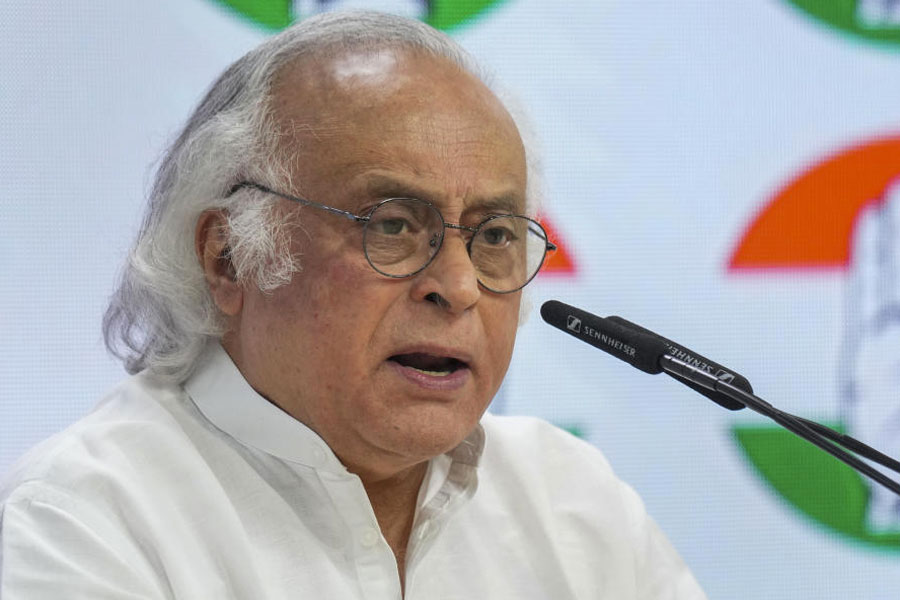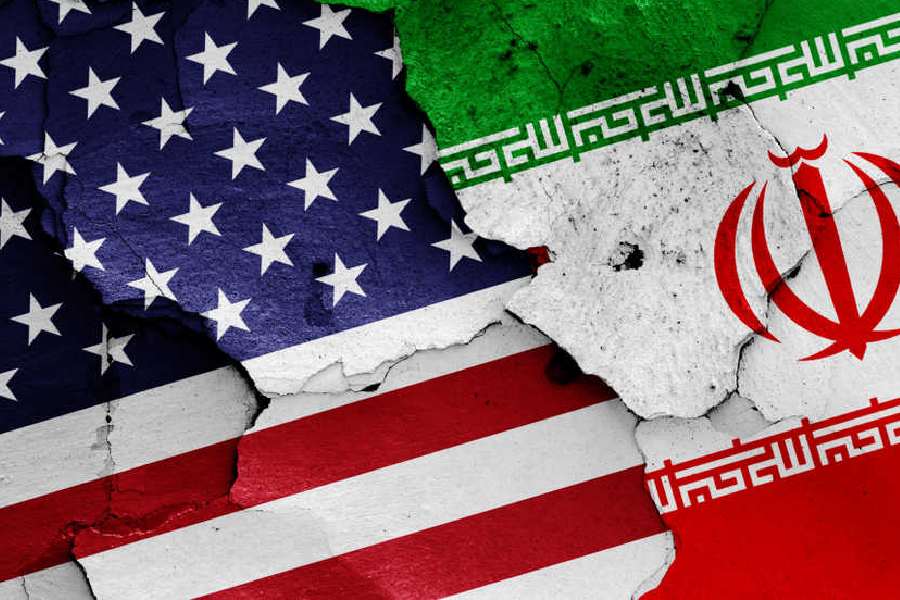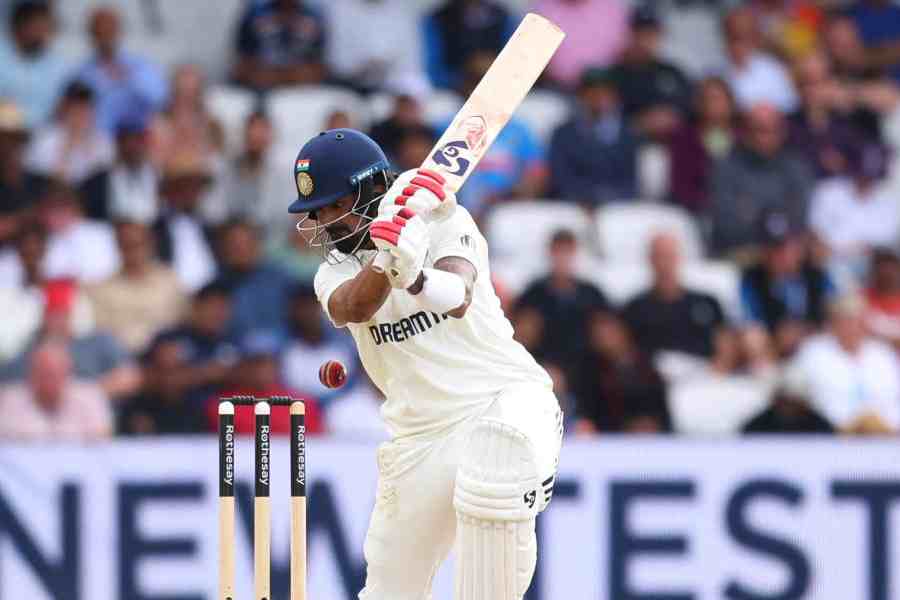
Mumbai: The rupee on Thursday fell to a record intra-day low of 69.09 per dollar, but recovered on intervention from the Reserve Bank of India (RBI). Though the domestic unit ended at 68.79, experts are of the view that it is likely to remain under pressure amid firm crude oil prices, portfolio outflows and a strong dollar.
The local currency had hit a lifetime closing low of 68.82 on August 28, 2013, while the earlier record intra-day low stood at 68.86 per dollar on November 24, 2016.
The rupee, like some of the other emerging market peers, has been under pressure in recent times because of a strong dollar and the escalation of trade tussle between the US and China. It has been one of the worst performing currencies in Asia, falling around 8 per cent this year. Some of its other counterparts such as the Philippine peso and the Indonesian rupiah have fallen almost 7 per cent and over 4 per cent, respectively.
Though the current drop in the rupee's value to a record intra-day low raises memories of what happened to the currency during the taper tantrum in 2013, observers say that this time around it has been falling in a measured pace and there is the comfort of a strong forex kitty of over $410 billion.
Rising crude prices, higher current account deficit (CAD) and outflows from foreign portfolio investors (FPIs) have been some of the other factors that have acted against the rupee.
So far in this calendar year, the FPIs have sold $7 billion in bonds and stocks amid rising US treasury yields.
India's CAD, which shows the difference between foreign exchange earned and spent, had widened to 1.9 per cent of GDP in 2017-18 following a higher trade deficit. This is expected to expand to 2.5 per cent in the current financial year, a development that does not bode well for the currency.
Crude prices have risen to $77 per barrel after the US asked all countries to stop importing oil from Iran. The US has said that it will impose sanctions against all importers of Iranian oil by November 4. Iran is India's third largest supplier of crude oil after Iraq and Saudi Arabia.
At the inter-bank forex market, the rupee after opening at 68.87 plunged to a record low of 69.09 against the greenback in early trades. It was at this level that the RBI intervened through dollar sales. In a note, analysts at HDFC Bank said the central bank is estimated to have sold dollars worth about $600-700 million through state-owned banks. They pointed out that Thursday's fall in the domestic currency was led by higher oil prices and rising trade war tensions between the US and China.
"In the near term, the rupee is likely to be under pressure as oil prices continue to remain high, capital outflows from emerging economies continue and trade war tensions keep markets jittery. We expect the dollar/rupee pair to trade in the range of 68.2-68.8 this week, with brief periods of it crossing 69 where the RBI is likely to intervene," they said.
There are a few observers who expect the rupee to even hit 70. "The current factors in play such as rising crude prices and the ongoing trade tensions between the major economies of the world is likely to add pressure on the Indian rupee and they might take it closer towards the 70-mark in the coming future," Prathamesh Mallya, chief analyst (non-agri commodities & currencies) at Angel Commodities Broking, said.










